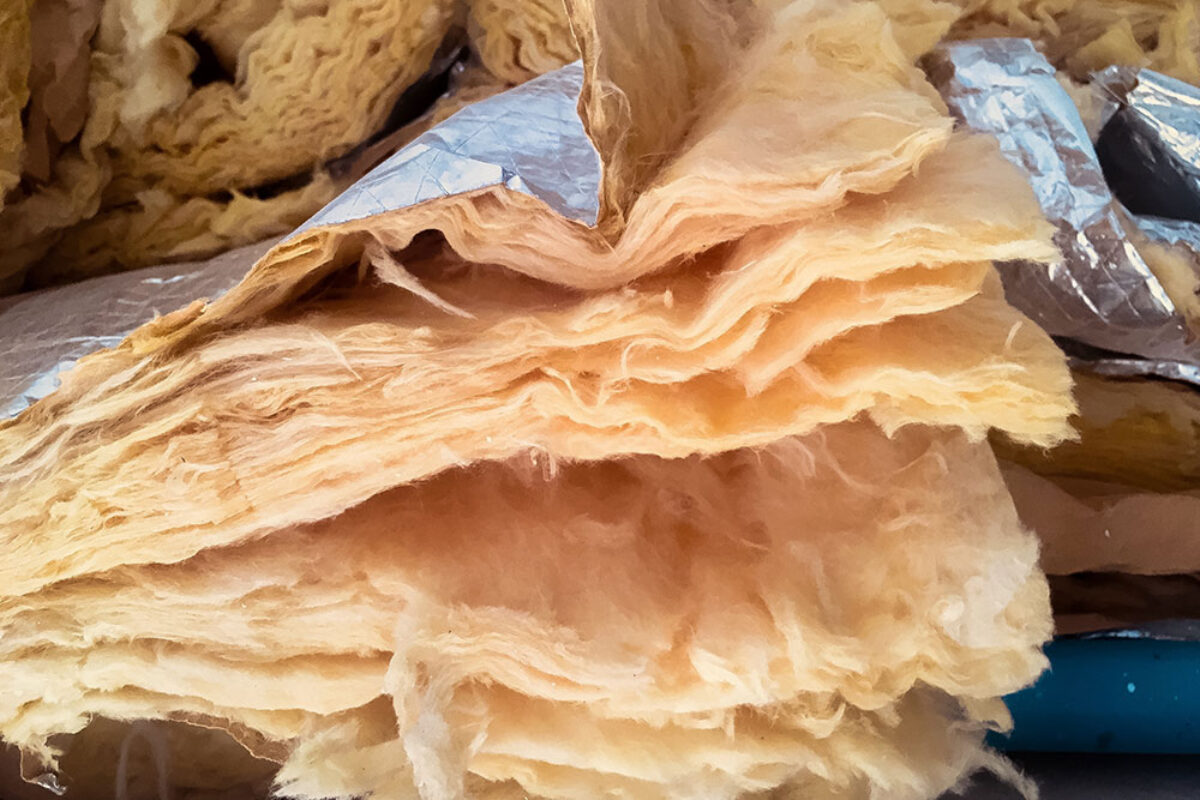

Articles
What Does Asbestos Insulation Look Like?
Modified: January 8, 2024
Learn how to identify asbestos insulation in your home. Read our informative articles on what asbestos insulation looks like and how to safely remove it.
(Many of the links in this article redirect to a specific reviewed product. Your purchase of these products through affiliate links helps to generate commission for Storables.com, at no extra cost. Learn more)
Introduction
Asbestos, a highly hazardous material, was commonly used in the construction industry for insulation purposes in the past. Its heat-resistant and fire-retardant properties made it a popular choice for insulating residential and commercial buildings. However, it was eventually discovered that exposure to asbestos fibers can lead to severe health complications, including lung cancer and mesothelioma.
In order to ensure the safety of occupants, it is essential to identify and properly handle any asbestos-containing materials in buildings, including insulation. This article aims to provide a comprehensive understanding of what asbestos insulation looks like, where it can be found, and the associated health risks. By being able to recognize the visual characteristics of asbestos insulation, individuals can take appropriate measures to mitigate potential dangers.
Before delving into the visual characteristics, it is crucial to gain a basic understanding of what asbestos is and why it was widely used as an insulating material.
Key Takeaways:
- Visual cues such as fibrous appearance, unique textures, and specific colors can help identify potential asbestos insulation, but professional testing is crucial for accurate confirmation.
- Asbestos insulation, if disturbed, can release harmful fibers leading to severe health risks. Engaging licensed professionals for safe removal and disposal is imperative to protect occupants and workers.
Read more: What Does Asbestos Under A Carpet Look Like
Understanding Asbestos Insulation
Asbestos insulation refers to the use of asbestos-containing materials (ACMs) for thermal insulation purposes in buildings. Asbestos, a naturally occurring mineral, is characterized by its high tensile strength, heat resistance, and insulation properties. It was widely used in the construction industry from the late 19th century until the late 20th century.
The most common type of asbestos insulation is known as “friable” insulation, which means it can easily crumble or break with minimal force. Friable asbestos insulation is highly dangerous as it can release harmful asbestos fibers into the air, which, when inhaled, can settle in the lungs and cause long-term health problems. It is important to note that asbestos generally poses a health risk when it is disturbed or damaged, as this can release the fibers into the air.
Asbestos insulation can take several different forms. The most common types include:
- Spray-on asbestos insulation: This form of asbestos insulation was commonly used in industrial settings. It involves spraying a mixture of asbestos fibers and a binding agent directly onto surfaces to provide thermal insulation.
- Asbestos-containing pipe insulation: Asbestos insulation was widely used to insulate pipes in buildings due to its heat resistance. It can be found as a covering or wrapping around pipes, often in older buildings.
- Asbestos-containing block or batt insulation: This type of insulation typically consists of compressed blocks or batts made from asbestos fibers. It was commonly used in wall cavities, ceilings, and attics for thermal insulation.
Understanding the various forms of asbestos insulation is crucial in order to identify its presence and take appropriate measures to ensure safety. The visual characteristics of asbestos insulation can provide valuable clues in identifying its presence in buildings.
Visual Characteristics of Asbestos Insulation
Identifying asbestos insulation by its visual characteristics can be challenging since it can resemble other non-asbestos materials. However, there are some key visual cues that can help in recognizing potential asbestos-containing materials:
- Fibrous Appearance: Asbestos insulation often has a fibrous appearance, resembling a fluffy or wool-like material. It can be seen in various forms like loose fibers, mats, or compressed blocks.
- Color: Asbestos insulation can come in various colors, but common colors include white, gray, brown, or yellow. However, it is important to note that not all insulation with these colors contain asbestos, as many other non-hazardous insulation materials can have similar coloration.
- Texture: Asbestos insulation can have a unique texture, ranging from soft and crumbly to rigid and compressed. It may have a gritty or sandy feel due to the presence of mineral fibers.
- Thickness: Asbestos insulation is often thicker than non-asbestos insulation materials. This can be observed in pipe insulation, where it may create a bulkier appearance compared to modern insulation materials.
- Branding and Packaging: In some cases, asbestos insulation may be identified by its labeling or packaging. However, it’s important to note that not all asbestos-containing materials will be clearly labeled, especially in older buildings where labeling guidelines were not as strict.
While these visual characteristics can provide some indications of potential asbestos insulation, it is important to remember that visual inspection alone is not sufficient to confirm the presence of asbestos. Asbestos fibers are microscopic and cannot be seen with the naked eye. Therefore, professional testing and analysis by a licensed asbestos inspector or laboratory is necessary to confirm the presence of asbestos.
If you suspect the presence of asbestos insulation in your building, it is essential to refrain from disturbing the material and seek professional assistance for proper identification and handling.
Common Locations for Asbestos Insulation
Asbestos insulation was widely used in various areas of residential and commercial buildings due to its heat resistance and insulation properties. Although asbestos insulation can be found in different parts of a building, there are certain common locations where it is most likely to be present:
- Attics and Crawl Spaces: Asbestos insulation was commonly used in attics and crawl spaces to provide thermal insulation. It can be present as loose-fill insulation, compressed blocks or batts, or as insulation on pipes and ductwork.
- Walls and Ceilings: Asbestos insulation may be found in the walls and ceilings of older buildings. It could be in the form of block or batt insulation, or as a spray-on insulation that was applied to create a fire-resistant barrier.
- Basements and Utility Rooms: Asbestos insulation can be found on pipes, boilers, furnaces, and water heaters located in basements or utility rooms. It was commonly used to insulate these mechanical systems, posing a risk if disturbed or damaged.
- Pipe Insulation: Asbestos-containing pipe insulation was extensively used in buildings constructed before the 1980s. It can be found as a wrapping or covering on pipes, especially in older plumbing systems.
- Roofing and Siding: Asbestos-containing materials were commonly used in roofing and siding products, particularly in older buildings. Asbestos cement shingles, tiles, and corrugated sheets were employed for their durability and fire-resistant properties.
- HVAC Systems: Asbestos insulation could be found in heating, ventilation, and air conditioning (HVAC) systems. It may be present in duct insulation, air handlers, and HVAC equipment insulation.
It is crucial to note that the presence of asbestos insulation in these common locations does not necessarily indicate an immediate health risk. Asbestos fibers become hazardous when they are released into the air and inhaled. If the insulation is in good condition and undisturbed, the risk of fiber release is minimal. However, any disturbance or damage to the insulation can pose a significant threat, releasing asbestos fibers into the environment.
Professional inspections and testing should be conducted to identify the presence of asbestos insulation in a building. If asbestos-containing materials are found, it is essential to engage licensed asbestos removal specialists to safely handle and remove the insulation to prevent exposure and ensure the safety of occupants.
Asbestos insulation can appear as a fluffy, grayish-white material or as a corrugated paper-like material. It may also be found in a cement-like form or as a spray-applied coating. If you suspect asbestos insulation in your home, it’s important to have it tested by a professional before attempting any removal or disturbance.
Health Risks Associated with Asbestos Insulation
Exposure to asbestos insulation poses serious health risks due to the presence of asbestos fibers, which can become airborne when the insulation is damaged or disturbed. Inhalation of these microscopic fibers can lead to a range of severe health complications:
- Lung Cancer: Prolonged exposure to asbestos fibers increases the risk of developing lung cancer. This risk is further heightened for individuals who smoke or have a history of smoking.
- Mesothelioma: Mesothelioma is a rare and aggressive cancer that primarily affects the lining of the lungs and abdomen. It is exclusively linked to asbestos exposure, often occurring decades after initial exposure.
- Asbestosis: Asbestosis is a chronic lung disease caused by prolonged inhalation of asbestos fibers. It results in scarring and inflammation of the lung tissue, leading to breathing difficulties, coughing, chest pain, and fatigue.
- Pleural Thickening: Prolonged exposure to asbestos can cause thickening and scarring of the pleura, the lining surrounding the lungs. This condition can restrict lung function and cause difficulty in breathing.
- Pleural Effusion: Asbestos exposure can lead to the accumulation of fluid in the pleural cavity, leading to pleural effusion. This can cause chest pain, shortness of breath, and coughing.
It is important to note that asbestos-related diseases may have a latency period of several decades. Individuals who were exposed to asbestos insulation many years ago may still be at risk of developing these diseases, even if symptoms haven’t appeared yet.
Due to the serious health risks associated with asbestos insulation, caution should always be exercised when dealing with potential asbestos-containing materials. Any suspected asbestos insulation should be left undisturbed, and professional testing and analysis should be conducted to confirm the presence of asbestos. If asbestos is detected, it is imperative to hire licensed asbestos abatement professionals to handle the removal process safely and efficiently.
Proper precautions and adherence to asbestos regulations are vital to protect both individuals at risk of exposure and the environment from potential contamination.
Read more: What Does Mold On Insulation Look Like
Proper Handling and Removal of Asbestos Insulation
The handling and removal of asbestos insulation require careful planning and strict adherence to safety protocols to minimize the risk of exposure to asbestos fibers. Here are some essential guidelines to consider:
- Engage a Licensed Professional: It is crucial to hire a licensed asbestos abatement professional or contractor with experience in handling asbestos-containing materials. They have the knowledge, tools, and protective equipment necessary to safely handle and remove asbestos insulation.
- Conduct a Professional Inspection: Before any removal work begins, a professional inspection should be conducted to confirm the presence of asbestos and assess the extent of the contamination. This will help determine the scope and necessary precautions for the removal process.
- Develop an Asbestos Management Plan: A comprehensive plan should be created, outlining the steps and safety measures required for the removal process. This plan should include procedures for containment, personal protective equipment (PPE), waste disposal, and air monitoring.
- Implement Adequate Containment Measures: To prevent the spread of asbestos fibers, the work area must be properly sealed off from the rest of the building. This includes using plastic sheeting, HEPA-filtered air vents, and negative air pressure systems to ensure that any released fibers are contained within the work area.
- Use Appropriate Personal Protective Equipment (PPE): Workers involved in asbestos removal must wear proper PPE, including respirators, disposable coveralls, gloves, and protective eyewear. This equipment is crucial for minimizing exposure to asbestos fibers during the removal process.
- Follow Safe Removal Techniques: Asbestos insulation should be removed using wet removal methods to minimize the release of fibers into the air. Wetting the insulation helps to keep the fibers contained and prevents them from becoming airborne. Care should be taken to avoid unnecessary disturbance of the material.
- Properly Dispose of Asbestos Waste: All asbestos-containing materials should be collected and sealed in approved plastic bags or containers specifically designed for asbestos disposal. These materials should be labeled and transported to an authorized asbestos disposal facility in accordance with local regulations.
- Air Monitoring and Clearance Testing: Following the removal of asbestos insulation, air monitoring and clearance testing should be performed to ensure that the area is safe for reoccupation. This involves testing the air quality to confirm that asbestos fiber levels are within acceptable limits.
It is important to emphasize that asbestos removal should only be carried out by trained professionals. DIY removal attempts can lead to significant health risks and potential legal consequences.
By following proper handling and removal procedures, the risk of exposure to asbestos fibers can be minimized, ensuring the safety of both the workers and the occupants of the building.
Conclusion
Asbestos insulation, once widely used for its fire-resistant and insulating properties, poses significant health risks due to the release of harmful asbestos fibers. Understanding the visual characteristics of asbestos insulation is essential in identifying potential hazards and taking appropriate measures to ensure safety.
Asbestos insulation can have a fibrous appearance, various colors, unique textures, and thicker profiles compared to non-asbestos materials. However, it should be noted that visual inspection alone is not sufficient to confirm the presence of asbestos, and professional testing is necessary for accurate identification.
Common locations for asbestos insulation include attics, crawl spaces, walls, ceilings, basements, and utility rooms. It can also be found on pipes, roofing, siding, and HVAC systems. It is important to remember that undisturbed asbestos insulation does not pose an immediate risk, but any disturbance or damage can release asbestos fibers into the air, leading to severe health complications.
The health risks associated with asbestos insulation include lung cancer, mesothelioma, asbestosis, pleural thickening, and pleural effusion. These diseases can have a long latency period, making early identification and proper handling crucial to prevent exposure.
When dealing with asbestos insulation, it is imperative to engage licensed professionals who follow strict safety protocols. A professional inspection should be conducted, and a well-executed asbestos management plan should be in place to ensure safe removal. Adequate containment measures, proper use of personal protective equipment, and adherence to safe removal techniques are vital components of the process.
By following proper handling and removal procedures, the risk of exposure to asbestos fibers can be minimized, protecting the health of workers and occupants of the building. It is crucial to prioritize safety and comply with local regulations and guidelines for the safe removal and disposal of asbestos-containing materials.
Ultimately, through awareness, accurate identification, and proper handling, we can mitigate the risks associated with asbestos insulation, ensuring a safer and healthier environment for all.
Frequently Asked Questions about What Does Asbestos Insulation Look Like?
Was this page helpful?
At Storables.com, we guarantee accurate and reliable information. Our content, validated by Expert Board Contributors, is crafted following stringent Editorial Policies. We're committed to providing you with well-researched, expert-backed insights for all your informational needs.
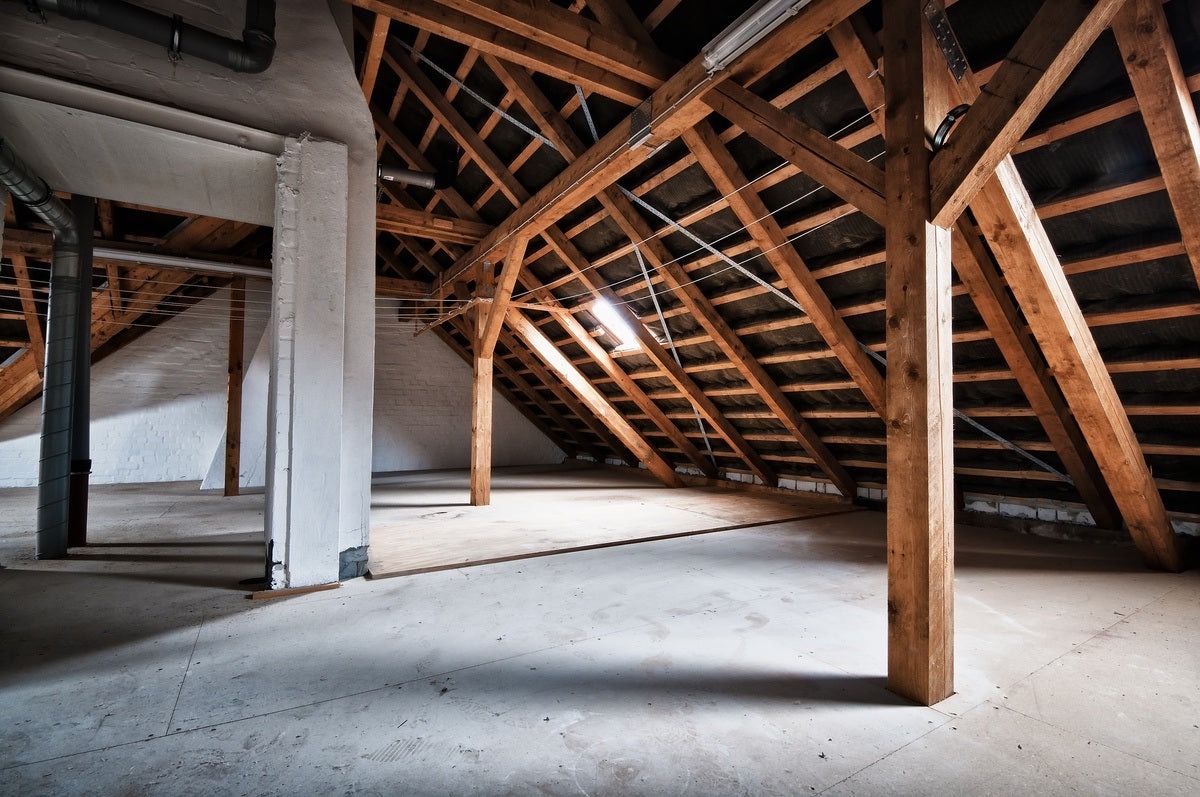


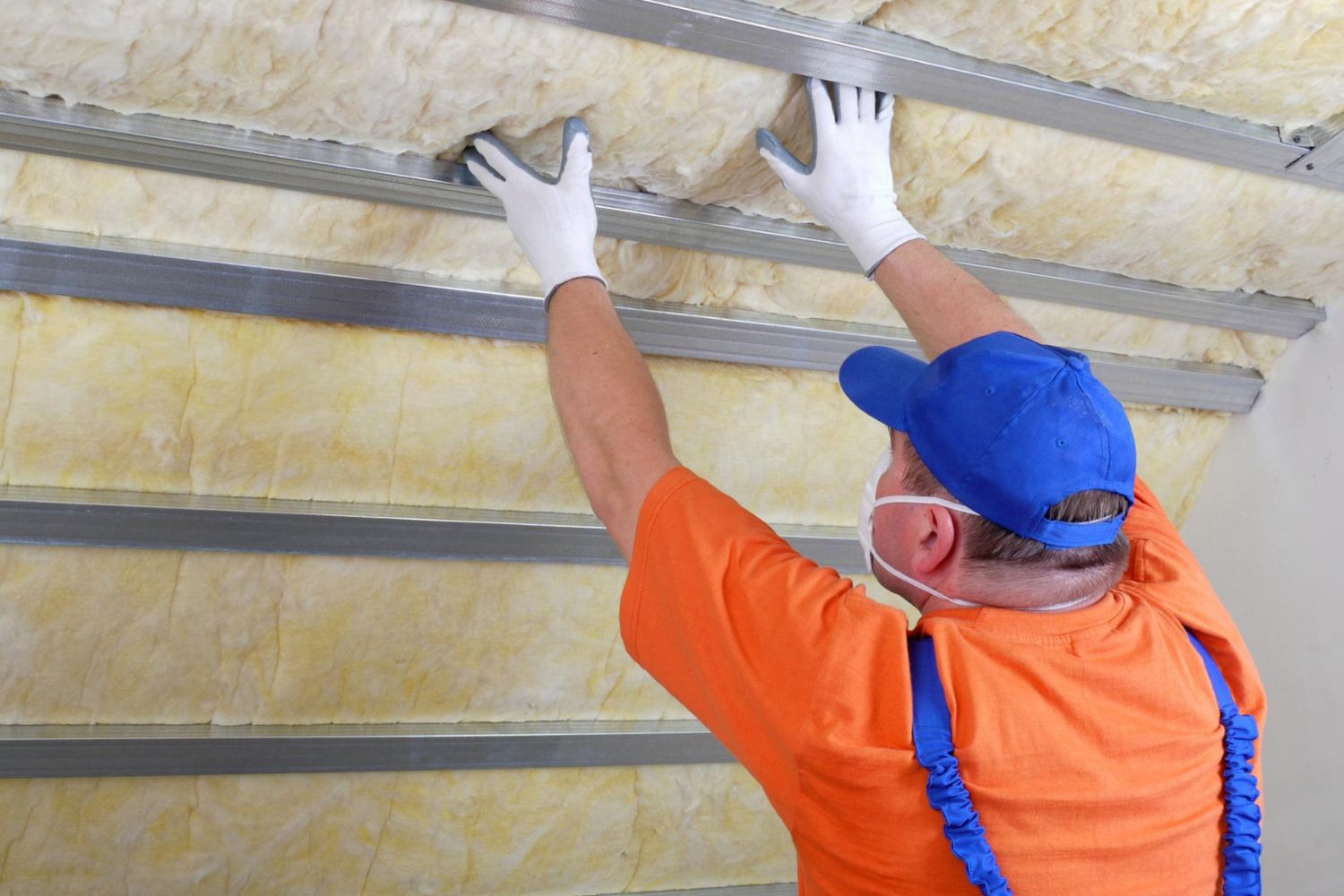


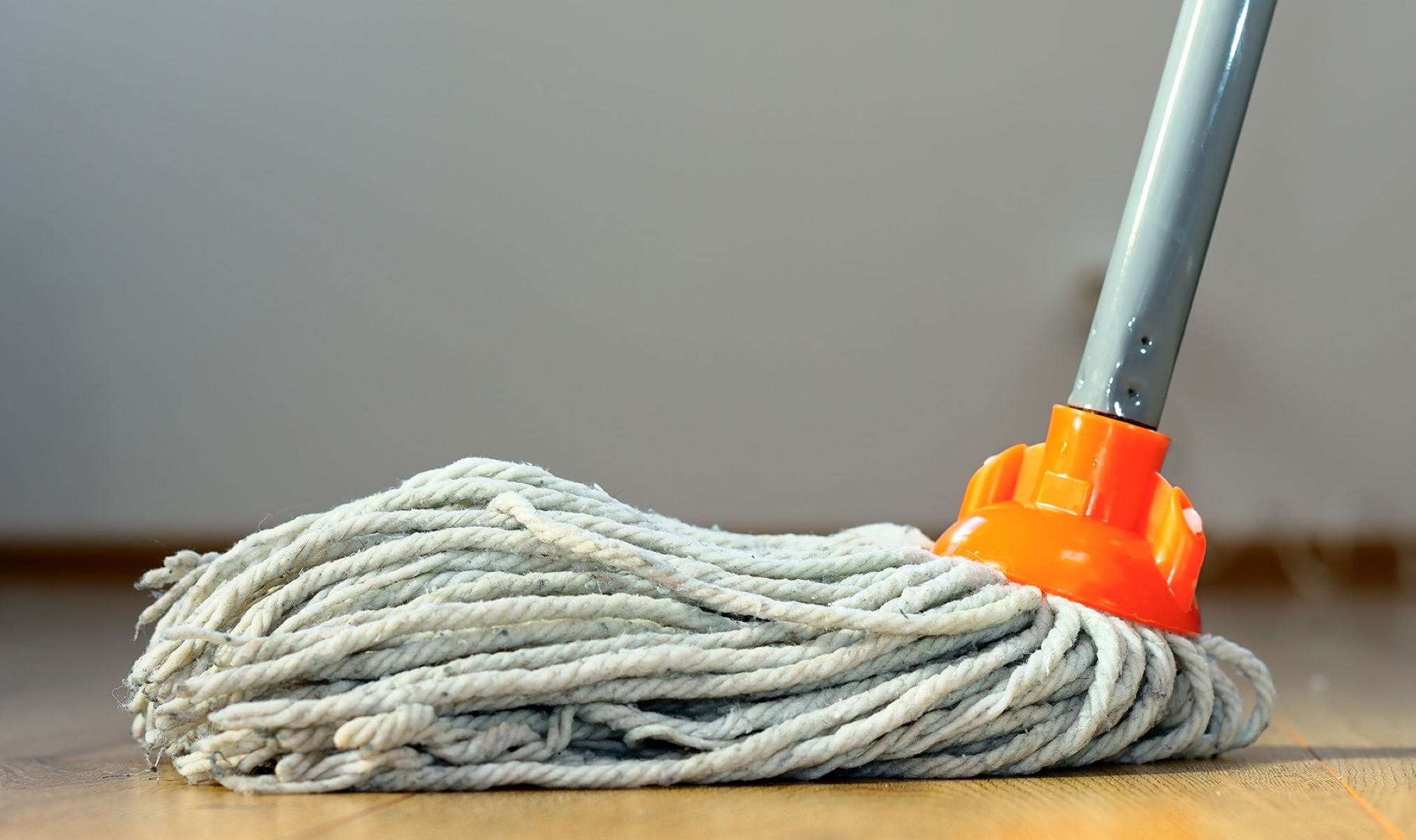
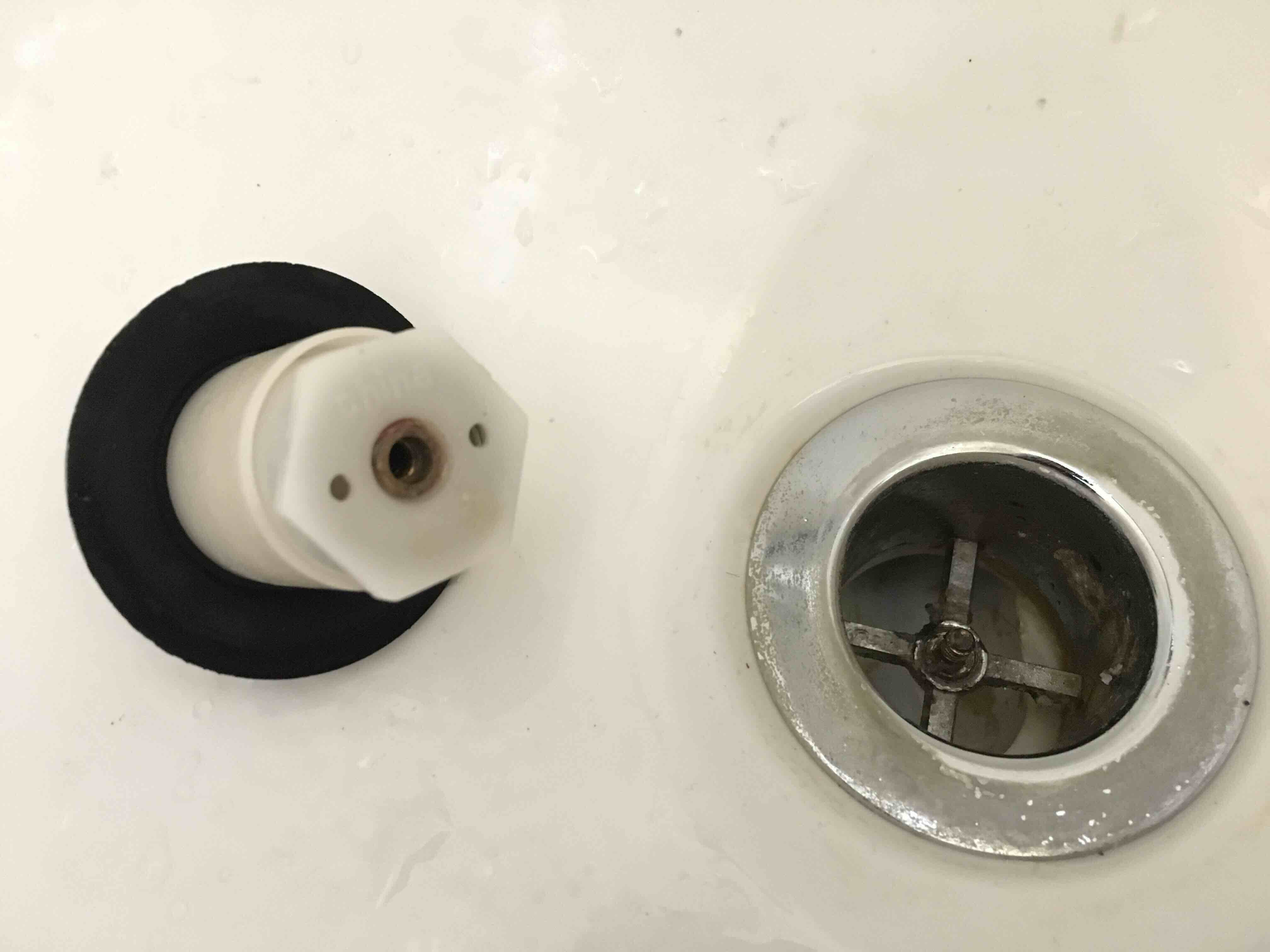



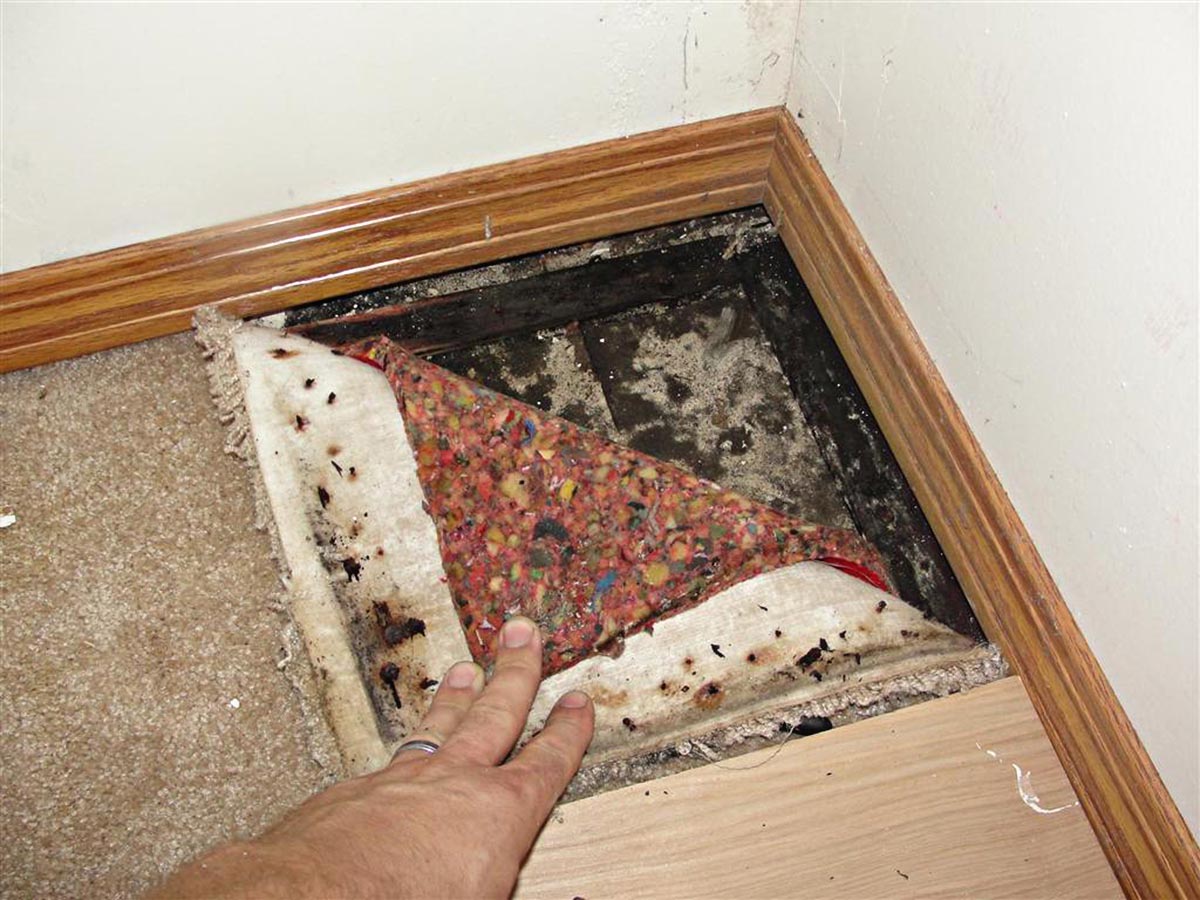
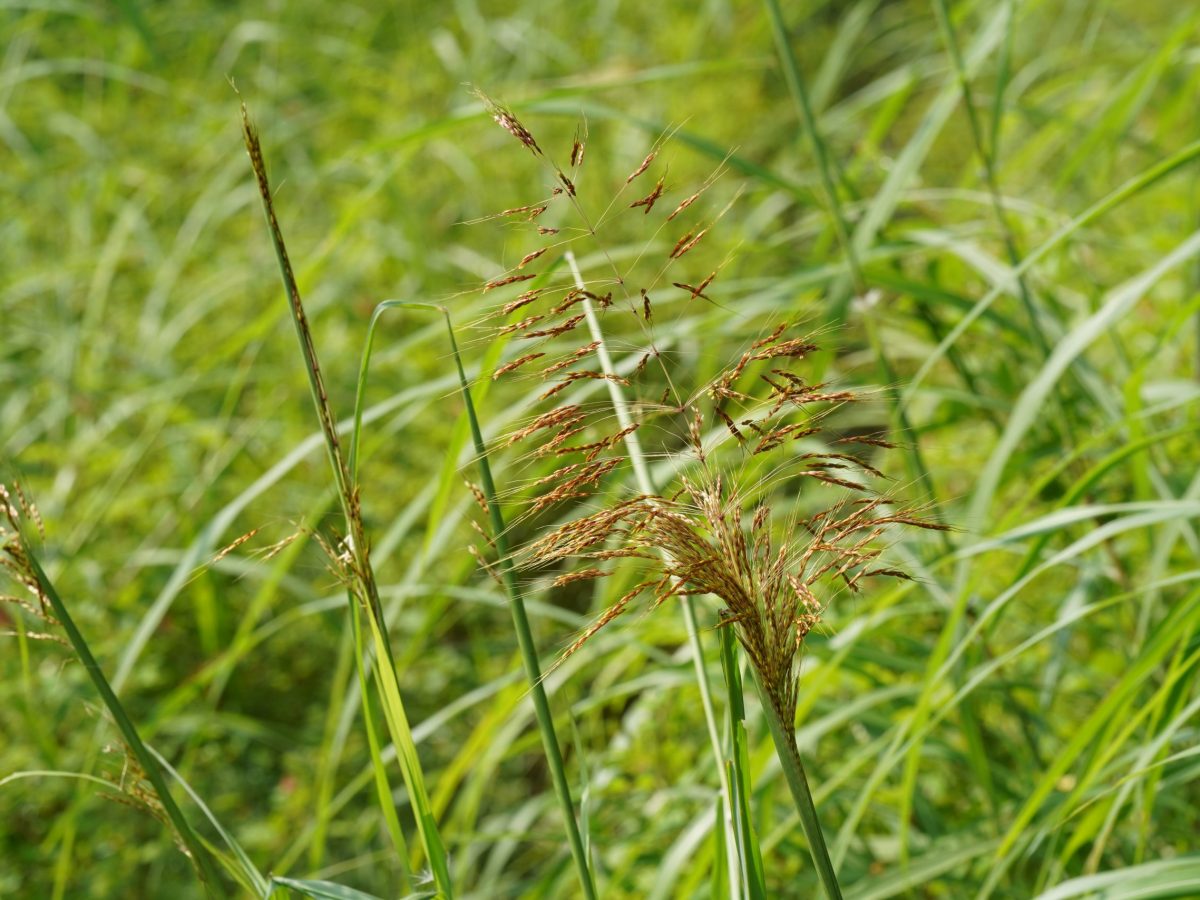
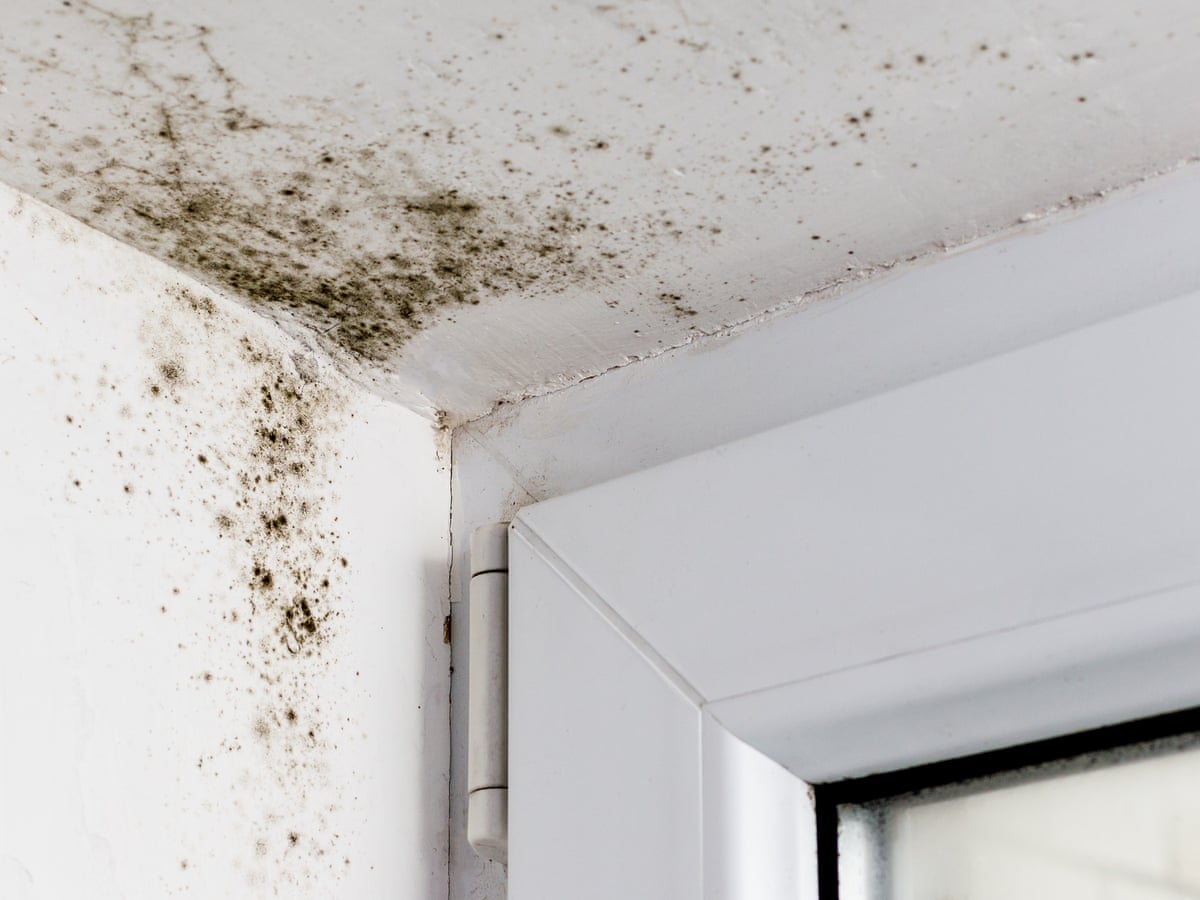

0 thoughts on “What Does Asbestos Insulation Look Like?”